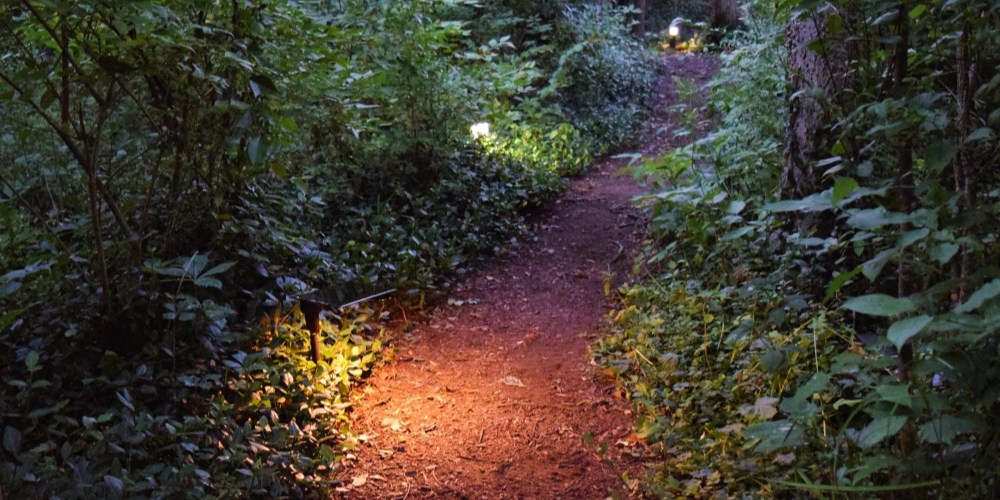How to Install Solar Lights in Shaded Areas
Solar lights are a great way to light up our garden or walkway, but it can be a challenge to install them in shaded areas. Without enough direct exposure of sunlight, their performance can suffer. While don’t worry, installing solar powered outdoor lights in shaded areas isn’t impossible, it just requires a little extra planning and creativity.
Let’s talk about the basics. Solar lamps rely on sunlight to charge during the day, so ideally, they should be placed in direct sunlight. But if we have a shaded area, look for solar lights that come with separate solar panels is a good choice. These solar split lights allow us to place the solar panel in a sunny spot, while the light fixture itself can be positioned in the shade where we need illumination. The solar panel is connected to the light by a cable, which can often be extended to reach the optimal charging location. When selecting this type of light, it is important to check the length of the cord to make sure it’s long enough to reach from the sunny area to the shaded location. This setup allows us to maximize sunlight exposure for charging, while still lighting up shaded spaces.
Investing in highly efficient outdoor solar lighting is an additional choice. Even if our yard doesn’t receive a lot of direct sunlight, LED lights can still perform admirably because some more recent models are made to be efficient even in dim light or overcast weather. But remember that they may not be as bright or persist into the night as they would in places with full sunlight. For areas with consistent shade, we can also look into some solar lights with rechargeable or hybrid battery systems. Some models allow us to charge the batteries using electricity or a USB port during cloudy day or in the winter, ensuring we have light no matter the conditions.

When installing solar lights in shaded areas, strategic placement can make all the difference. Instead of placing the lights directly in dense shade, try positioning them in spots that get at least partial sunlight for part of the day, such as under trees with thinner branches or near the edge of a shaded area where some sunlight filters through. We should also consider reflective surfaces nearby, like white walls or metal fences, which help bounce light onto the solar panels.
At last, we need remember to routinely inspect and clean our solar panels. Debris like dust or leaves can obstruct the sunlight that the panels are attempting to capture, even in regions that are shadowed. Even when the sun isn’t shining directly on them, keeping the clean guarantees that they can charge as effectively as possible and provides us with the best outcomes.